Guatemala The 10 most touristically places, Guatemala, a Central American gem, is a land steeped in rich history, vibrant culture, and stunning natural beauty. From the ancient ruins of Mayan civilizations to the colonial charm of Antigua Guatemala and the lush landscapes surrounding Lake Atitlán, Guatemala offers a tapestry of experiences for travelers. In this exploration, we delve into the ten most touristically renowned places in Guatemala, shedding light on the unique attractions that draw visitors from around the world.
1. Tikal: Ancient Mayan Marvel in the Jungle
Tikal, located in the heart of the Petén jungle, is one of the most iconic and well-preserved archaeological sites of the ancient Mayan civilization. Designated a UNESCO World Heritage site, Tikal flourished as a powerful city-state from the 6th century BCE to the 10th century CE. The site features towering pyramids, grand plazas, and stelae adorned with intricate hieroglyphs. The Great Plaza, the Temple of the Jaguar, and the iconic Temple of the Great Jaguar are among the must-visit structures. Tikal’s allure lies not only in its archaeological significance but also in the immersive experience of exploring a vast ancient city enveloped by the sounds of howler monkeys and the whispers of the jungle.
2. Antigua Guatemala: Colonial Splendor amidst Volcanoes
Antigua Guatemala, a UNESCO World Heritage site, is a colonial jewel nestled between three imposing volcanoes. Once the capital of Guatemala until it was ravaged by earthquakes, Antigua retains its colonial charm with cobblestone streets, pastel-colored facades, and well-preserved Spanish Baroque-influenced architecture. Landmarks such as the Santa Catalina Arch, the Cathedral of San José, and the Capuchinas Convent showcase the city’s historical and cultural richness. Antigua is not only a destination for history enthusiasts but also a hub for art, music, and vibrant markets. The Semana Santa (Holy Week) celebrations in Antigua are famous, attracting visitors with elaborate processions and religious rituals.
3. Lake Atitlán: Majestic Lake Ringed by Volcanoes
Lake Atitlán, often referred to as one of the most beautiful lakes in the world, is surrounded by picturesque indigenous villages and towering volcanoes. The reflective waters of the lake mirror the three volcanoes—San Pedro, Tolimán, and Atitlán—that rise majestically on its shores. The villages, such as Panajachel, San Pedro La Laguna, and Santiago Atitlán, each offer a unique cultural experience with traditional markets, artisan crafts, and vibrant Mayan customs. Lake Atitlán is not only a serene destination for relaxation but also a gateway to the indigenous traditions and natural beauty that characterize Guatemala’s highlands.
4. Chichicastenango: Colorful Markets and Cultural Traditions
Chichicastenango, or “Chichi” as it is commonly known, is a highland town renowned for hosting one of the most vibrant and traditional markets in Central America. Every Thursday and Sunday, the town comes alive with a riot of colors as vendors set up stalls selling textiles, handicrafts, pottery, and fresh produce. The Santo Tomás Church, located in the heart of Chichicastenango, is an architectural gem that reflects the town’s Mayan and colonial influences. The market is not just a commercial hub but also a cultural spectacle, with indigenous rituals and ceremonies adding to the authentic experience that draws both locals and visitors.
5. Semuc Champey: Natural Pools in the Jungle
Semuc Champey, hidden deep within the Guatemalan jungle, is a natural wonder that captivates with its turquoise pools cascading over limestone formations. The stepped pools, fed by the Cahabón River, create a series of terraces surrounded by lush vegetation. Visitors can hike to the viewpoint for panoramic views or take a refreshing dip in the pools. Semuc Champey’s remote location adds to its allure, attracting nature enthusiasts and adventure seekers willing to explore off-the-beaten-path destinations. The combination of pristine natural beauty and the sense of discovery makes Semuc Champey a highlight of Guatemala’s diverse landscapes.
6. Livingston: Caribbean Charm and Garífuna Culture
Livingston, situated on Guatemala’s Caribbean coast, is a unique destination with a distinct cultural identity shaped by its Garífuna population. The Garífuna people, descendants of African and indigenous Caribbean populations, have preserved their vibrant culture, language, and music. Livingston offers a relaxed atmosphere, colorful wooden houses, and a blend of Afro-Caribbean and indigenous influences. Visitors can enjoy traditional Garífuna cuisine, music, and dance while exploring the town’s beaches and nearby natural attractions. Livingston stands as a testament to the cultural diversity that enriches Guatemala’s tapestry.
7. Rio Dulce: Tropical Waterway and Jungle Retreat
Rio Dulce, a tropical waterway connecting Lake Izabal to the Caribbean Sea, is a haven for nature lovers and boating enthusiasts. Lush jungles line the riverbanks, and birdwatchers can spot a variety of species in the surrounding forests. The Castillo de San Felipe, a historic
fortress, adds a touch of history to the landscape. Rio Dulce also serves as a gateway to the pristine natural reserve of the Biotopo Chocon Machacas, where visitors can explore trails, spot wildlife, and experience the tranquility of the tropical rainforest. The combination of natural beauty, historical significance, and the allure of river exploration makes Rio Dulce a unique destination in Guatemala.
8. Huehuetenango: Highland Beauty and Coffee Culture
Huehuetenango, located in the western highlands of Guatemala, is a region known for its stunning landscapes, indigenous communities, and a thriving coffee culture. The town of Huehuetenango itself is surrounded by lush hills and offers a glimpse into daily life in the highlands. The region’s coffee plantations, nestled in the mountains, produce some of Guatemala’s finest coffee beans. Visitors can explore the coffee farms, learn about the cultivation process, and savor the rich flavors of freshly brewed coffee. Huehuetenango’s combination of natural beauty and cultural immersion makes it a destination that appeals to those seeking a more authentic and off-the-beaten-path experience.
9. Iximché: Mayan Ruins and Cultural Heritage
Iximché, situated in the western highlands, was once the capital of the Kaqchikel Maya kingdom. The archaeological site features well-preserved ruins, including ceremonial plazas, temples, and ball courts. Iximché offers a glimpse into the cultural and religious practices of the Kaqchikel people, with the site still used for traditional ceremonies by local indigenous communities. The site’s location amid rolling hills adds to its atmospheric appeal, and visitors can explore the structures while learning about the historical and cultural significance of Iximché in Mayan history.
10. Panajachel: Gateway to Lake Atitlán
Panajachel, located on the northern shore of Lake Atitlán, serves as a gateway to the iconic lake and its surrounding villages. The town itself offers stunning views of the lake and the volcanoes beyond. Panajachel’s Santander Street is a bustling market street where visitors can shop for textiles, crafts, and souvenirs. The lakeside promenade, with its restaurants and cafes, provides a picturesque setting to enjoy the beauty of Lake Atitlán. Panajachel’s accessibility and its role as a central hub for exploring the lake and its villages make it a popular starting point for many travelers exploring Guatemala’s highland region.
In conclusion, Guatemala’s allure as a tourist destination is rooted in its rich cultural heritage, historical significance, and diverse natural landscapes. Each of the ten highlighted destinations showcases a different facet of Guatemala’s multifaceted beauty, inviting travelers to explore the country’s unique blend of history, culture, and adventure. Whether marveling at the ancient ruins of Tikal, wandering through the colonial streets of Antigua, or immersing in the vibrant markets of Chichicastenango, Guatemala stands as a testament to the richness and diversity of Central America’s hidden gem.


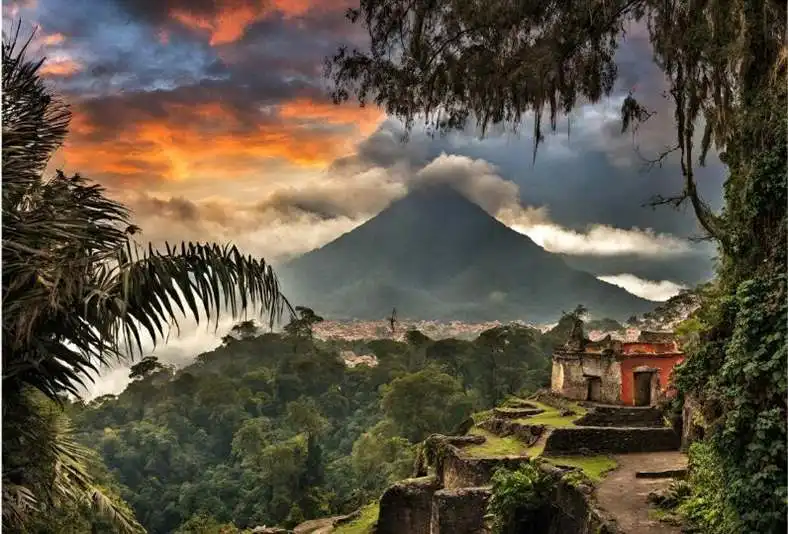
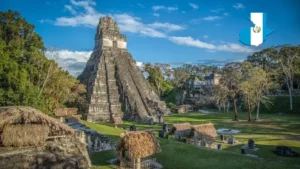
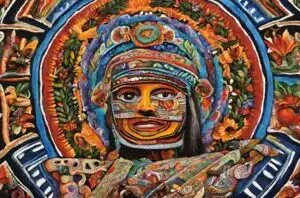
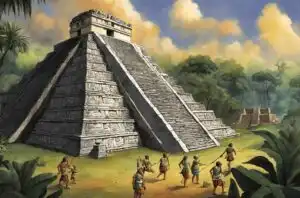



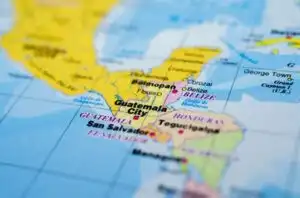

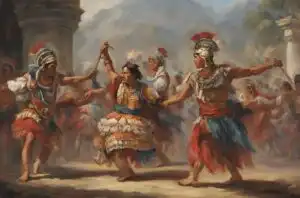
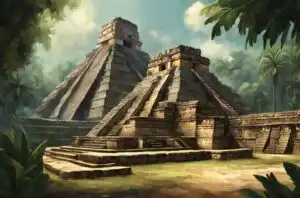

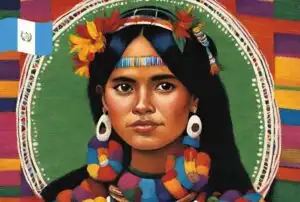




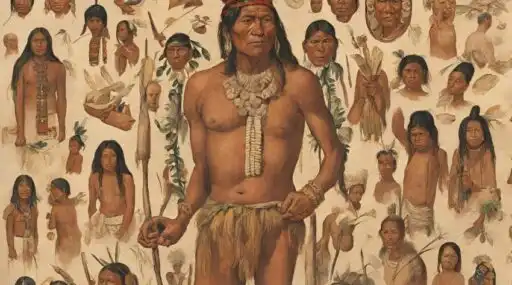
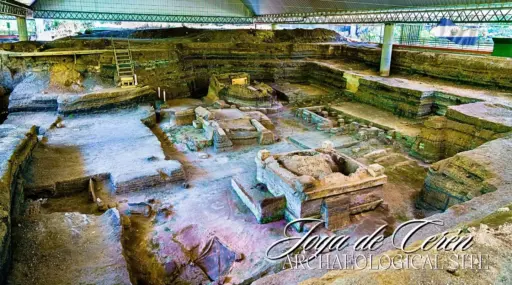
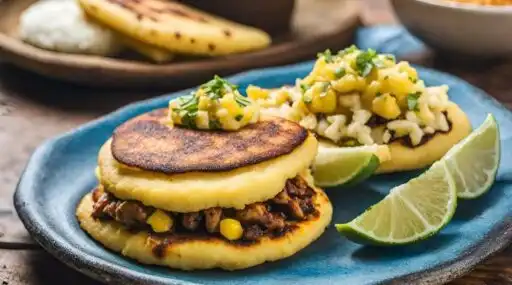
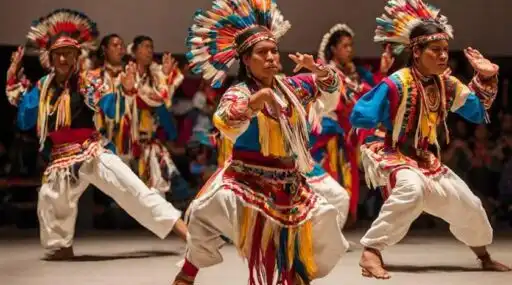

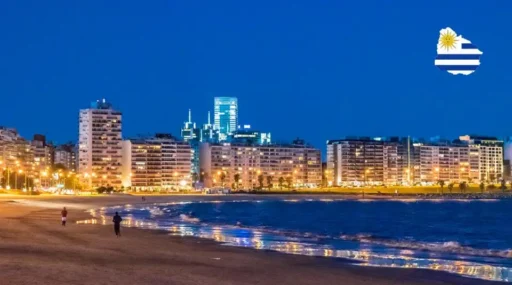
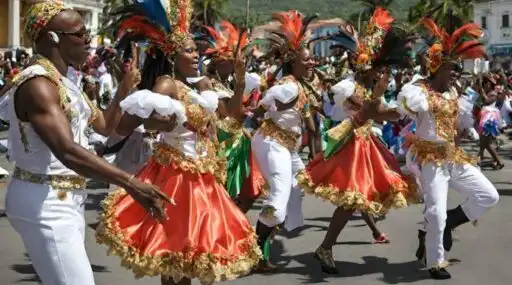

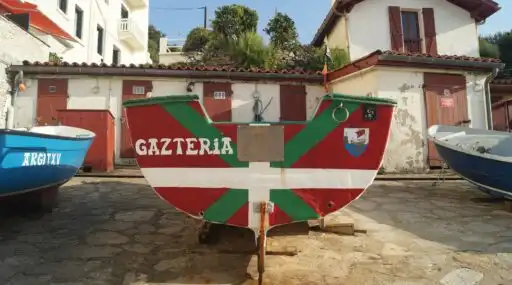





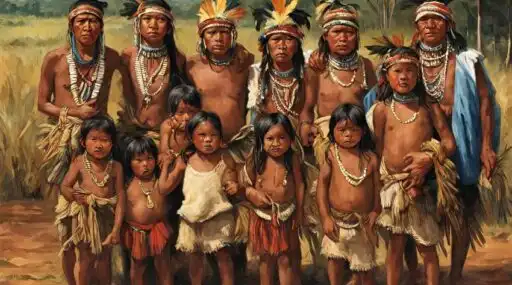
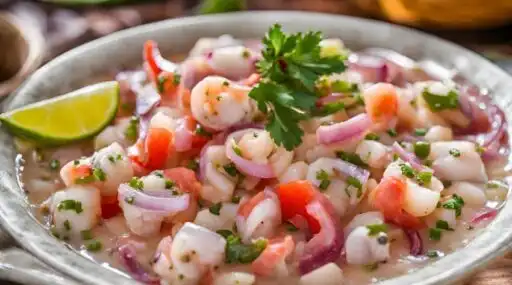
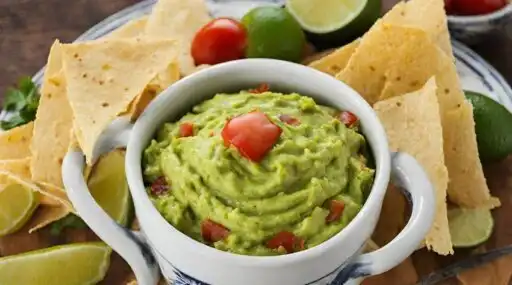


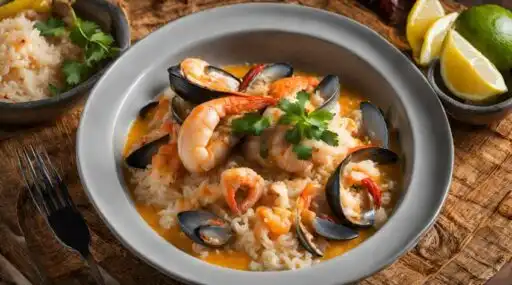




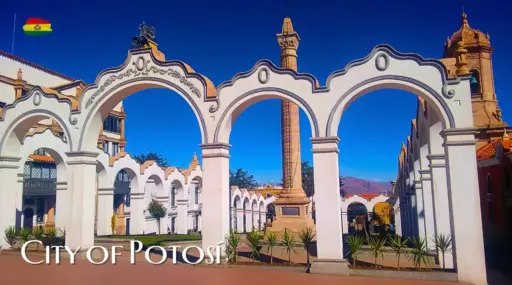

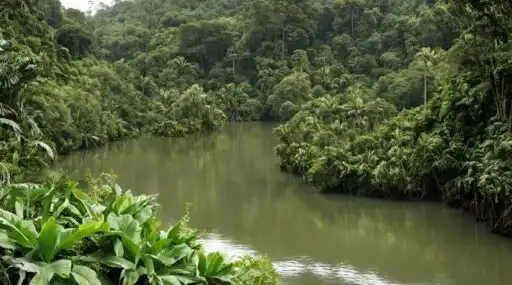

Leave a Reply